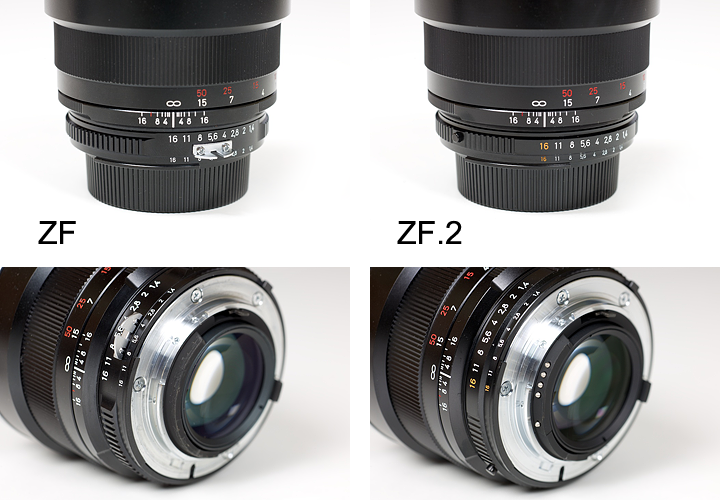|
Page 1 of 3

Review by Markus Stamm and Klaus Schroiff, published February 2011
Introduction
The 21 mm Distagon is not a newcomer but a lens with a history dating back to the Contax C/Y era. The lens was one of the latest additions to the system (discontinued just after the Millennium). Soon after its release the news spread that this lens is something special - user comments and reviews suggested that it was the best mass production ultra-wide lens ever produced. Due to the rather mediocre alternatives in the EOS land some Canon users were even desperate enough to use it via adapters on their EOS cameras ... and to pay more for it over at ebay than its original MSRP. At the peak of this crazy hype it was almost more an investment rather than a purchase.
Well, these times are over because Zeiss did finally listen and the lens is available again for Canon (ZE) and Nikon (ZF, ZF.2) cameras. There also was a K-mount version for Pentax cameras (ZK), however Zeiss decided to discontinue the ZK-line in 2010. In addition, the ZF-line remains available, but is now marketed for industrial applications only.
The new Distagon is not 100% identical to the original design. According to Zeiss it has been modernized with respect to flare and environment-friendly glass and the optical design has also been altered slightly. This price has not changed though - at around 1500EUR/US$ it is still not exactly a cheap item.
According to the Zeiss naming convention "Distagon" refers to a "retro-focus" lens based on an asymmetrical design. The asymmetry is necessary to provide the required space for a SLR mirror. The first Distagon lens was introduced in 1953 - a 60mm f/5.6 for the Hasselblad 1000F. The design evolved over time, of course, and it's no longer just used by Zeiss but across the whole industry.

The build quality of the full-metal Zeiss lens (brass with chromium-plated brass front bayonet) is superb. The fluted focus ring feels exceptionally well damped. The supplied lens hood is made of metal as well. Unfortunately the high build quality is not inherited to the lens front cap which feels quite fragile.The front element does not rotate. The length of the lens remains constant regardless of the focus setting.
The front element does not rotate so using a polarizer remains easily possible. However, the filter thread has a diameter of 82 mm and high quality filters of that size can be rather expensive.

The lens features a bayonet to mount the solid metal hood. Unfortunately, the hood can be mounted in three angles, only one of which makes sense (when both the white dot on the hood and the rather tiny mark on the lens are aligned).
ZF vs. ZF.2
The tested ZF version of this lens has no electronic coupling. Consequently, it offers full metering compatibility only with higher grade Nikon DSLRs that allow you to manually enter focal length and maximum aperture for non-CPU lenses (however, 21mm is not available as focal length in the menus, you'll have to choose 20mm or 24mm instead). All current FX DSLRs (as of early 2011) offer this feature.
The aperture needs to be set on the lens and can be set in half-stop increments. Technically, ZF lenses correspond to Nikkor Ai-S lenses.

The newer ZF.2 version of the lens features an integrated CPU, which makes it an equivalent of an Ai-P lens. This ensures metering compatibility with all current Nikon DSLRs. When locked at the smallest aperture (marked in orange colour), the aperture can be set on the camera with any current Nikon DSLR (just as with any AF lens that features an aperture ring). There's an unlock button on the lens to release the aperture ring and set the aperture on the lens instead. However, this will lead to an error with lower grade Nikon DSLRs. Only higher grade bodies feature a custom function that allows the aperture to be set this way.
The above image shows the differences between ZF and ZF.2 lenses (using the Planar T* 85/1.4 as an example).
| Specifications |
|---|
| Optical construction | 16 elements in 13 groups |
| Number of aperture blades | 9 |
| min. focus distance | 0.22 m (max. magnification ratio 1:5) |
| Dimensions | 87 x 110 mm |
| Weight | 600 g |
| Filter size | 82 mm (non-rotating) |
| Hood | petal shaped, metal, bayonet mount (supplied) |
| Other features | CPU and camera controlled aperture (ZF.2 version only) |
|